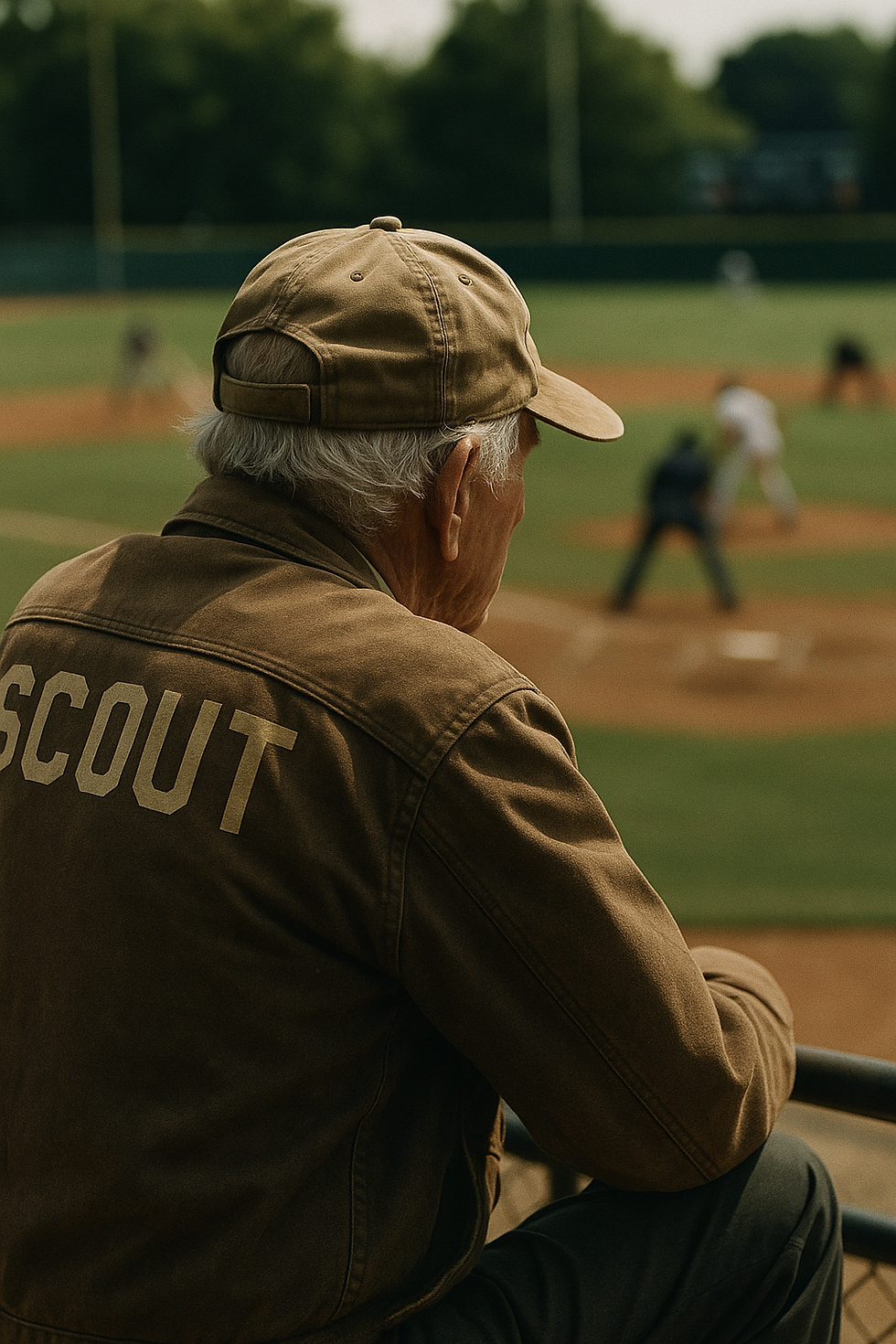Old School Scouting in Game and the Science of our Mental Games!
- Charles D'Amico
- Jun 24
- 3 min read

The Clip That Says It All
Scroll through Instagram long enough and you’ll run into it—Alex Rodriguez breaking down how pitchers tip their pitches. It’s been reshared across baseball accounts, and for good reason: it’s simple, clear, and brutally honest. In the clip, A-Rod highlights three classic cues:
Glove position before release
Hand grip changes seen early
Body language or tempo variation
Each one is a signal—a “tell”—that hitters can use to anticipate what’s coming.

But here’s the bigger question:Why do pitchers even have tells in the first place?It’s not just bad mechanics or nerves. It’s something deeper—psychology and muscle memory working together. What A-Rod’s showing us isn’t just baseball instinct… it’s neuroscience in action.
The Psychology Behind Pitching Tells
To understand tipping, you have to understand heuristics.
What’s a heuristic?
A heuristic is a mental or motor shortcut. It helps us make decisions and perform actions quickly without overthinking. In baseball terms, it’s what allows a pitcher to throw 90+ mph repeatedly without analyzing every muscle in real time.
These motor heuristics develop through:
Repetition
Efficiency
Automatization
But here’s the catch—when a pitcher throws different types of pitches, their body often makes small subconscious adjustments. These tweaks—like how the wrist turns on a slider vs. a fastball—aren’t always noticeable to the pitcher. But to a sharp-eyed hitter or a coach? They’re red flags.
It’s not that the pitcher chooses to tip.It’s that their brain has learned to “cut corners” for efficiency—and those corners leave clues.
Scouting Meets Science
Long before slow-motion cameras and AI pitch modeling, there were scouts with stopwatches, notebooks, and decades of intuition. They knew something was off before a pitcher ever released the ball.
And guess what? They were reading heuristics.
Modern tools now validate what scouts have always seen:
A slight change in glove height on off-speed
A pause before a breaking ball
A wider hand grip only visible from the dugout
When we blend modern psychology and neuroscience with old-school observational scouting, we don’t just watch baseball—we understand it. And that understanding helps every kind of player:
The 10U pitcher trying to master a change-up
The high schooler prepping for scouts
The college player needing to protect their pitch strategy
A-Rod’s clip goes viral because it’s simple. But the science underneath is powerful.
What Every Player and Coach Should Do
For Pitchers:
Film your bullpen sessions. Compare delivery across pitch types.
Look for consistency. Ask: does your glove, arm slot, or timing shift without you realizing it?
Build “masking” drills. Learn to deliver all pitches from the same mechanics.
For Hitters:
Watch closely from the dugout. Look for patterns—glove movements, pre-pitch routines, tempo.
Train your “pattern recognition.” Like a detective, you’re learning to read someone’s habits in real time.
Use game situations. Don’t just guess—combine cues with pitch counts and tendencies.
For Coaches:
Teach both worlds. Use science (like heuristics) to explain why, and use traditional scouting to train how to spot.
Make players students of the game. Create scouting cards for opposing pitchers and teach how to analyze footage.
Use clips like A-Rod’s as lessons. It connects players to real big-league examples—and makes the science stick.
Final Thought:
Pitching is art and science. The art is deception. The science? Understanding how the brain and body work under pressure. If you’re a coach, parent, or player—lean into both. Because the best baseball minds don’t just react—they observe, think, and adjust.
Would you like this formatted as a downloadable PDF or Word doc for team handouts or parent meetings?



Comments